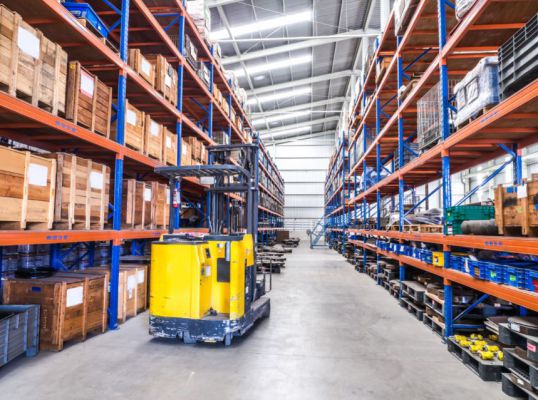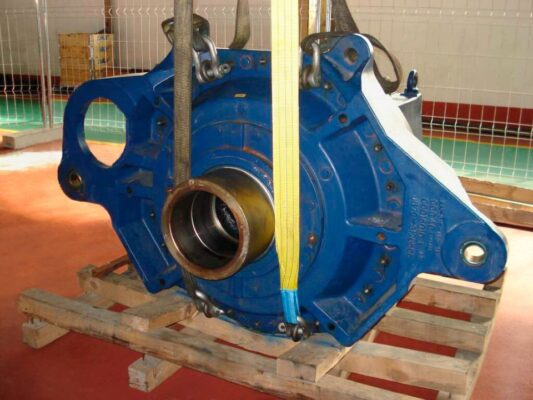The Wind Farm Management Blog previously looked at ways of implementing an effective replacement parts strategy and harmonizing maintenance and inventory management. But what about adopting a digital solution that takes care of significant aspects of this for operators? This is now something that is available on the market and presents many opportunities to wind farm operators.
Let technology do the hard work
It is common for operators to make decisions by weighing up the likelihood of failure or consulting their maintenance programs against the funds available to them. If done correctly, this can work. With smaller, less expensive components, this is unlikely to amount to a serious issue if an unexpected failure occurs. However, for critical components that are almost assets in themselves, this can be a problem. A gearbox is a prime example of this.
For this reason, tools such as OPUS10 from Systecon are emerging on the market. Such solutions are designed to ensure you strike the right balance between financial resources, maintenance requirements, and required periods of uptime for critical components. This achieved through optimizing the balance between spending on spare parts and increasing wind farm availability.
So how does it all work?
Lead times, failure modes, and prices for components, amongst other data, are all taken into account and help wind farm owners define a suitable and viable strategy that can ensure they always have the right stock for their organization. This provides a clear picture of what is necessary in terms of spares in order to achieve desired availability. In the end, the result shows optimal inventory levels and supply solutions for the defined investment levels.
A digitized inventory provides ultimate flexibility
Furthermore, operators can define their own goals for uptime and technology can make the necessary adjustments to fit this. For example, if a wind farm wants 95% uptime, the solution will calculate spare parts orders based on this. This allows operators to set their own budget and targets for operation. Information of this nature may even encourage decision makers to aim for better productivity or see when increased availability starts to come at a too high cost.
Additionally, there aren’t prerequisites, such as condition monitoring or condition-based maintenance, for using these solutions. In fact, it is possible to identify aspects of maintenance that could be improved. For example, if a reactive stance to repairs was leading to significant costs on spare parts, it would suggest it is time to adopt a proactive approach. Ultimately, operators gain greater transparency over their inventories and also the efficiency of their wind farms.
A change in approach could pay dividends
Almost all wind farms create huge volumes of data, but this isn’t achieving anything if it is not correctly organized and analyzed. Not only can organizations significantly reduce costs, they can also identify areas for optimization in operation and target higher availability. If operators begin calculating their stock levels based on operational requirements rather than on an item-by-item basis, they are likely to become much more economical and reliable for the future.



